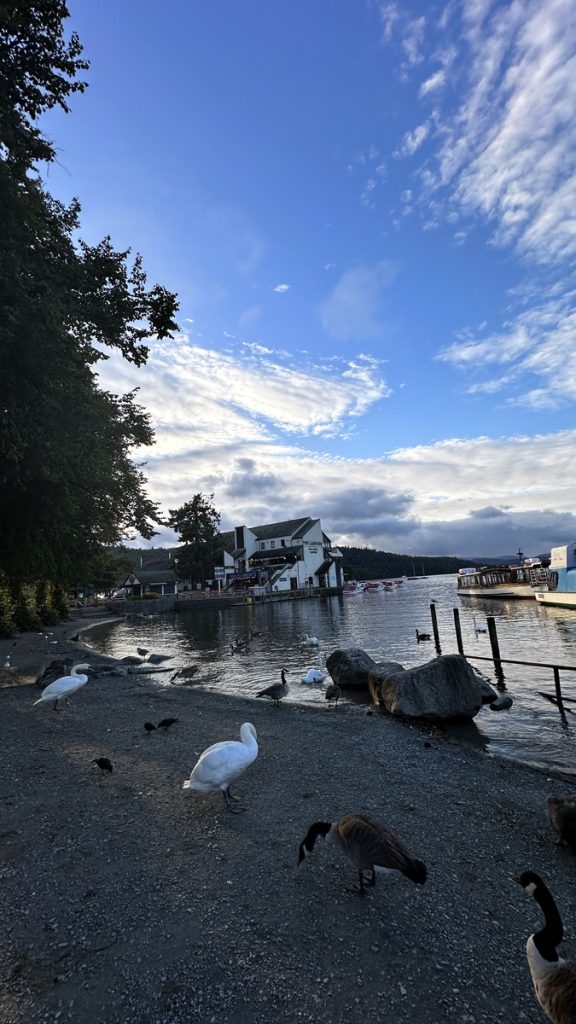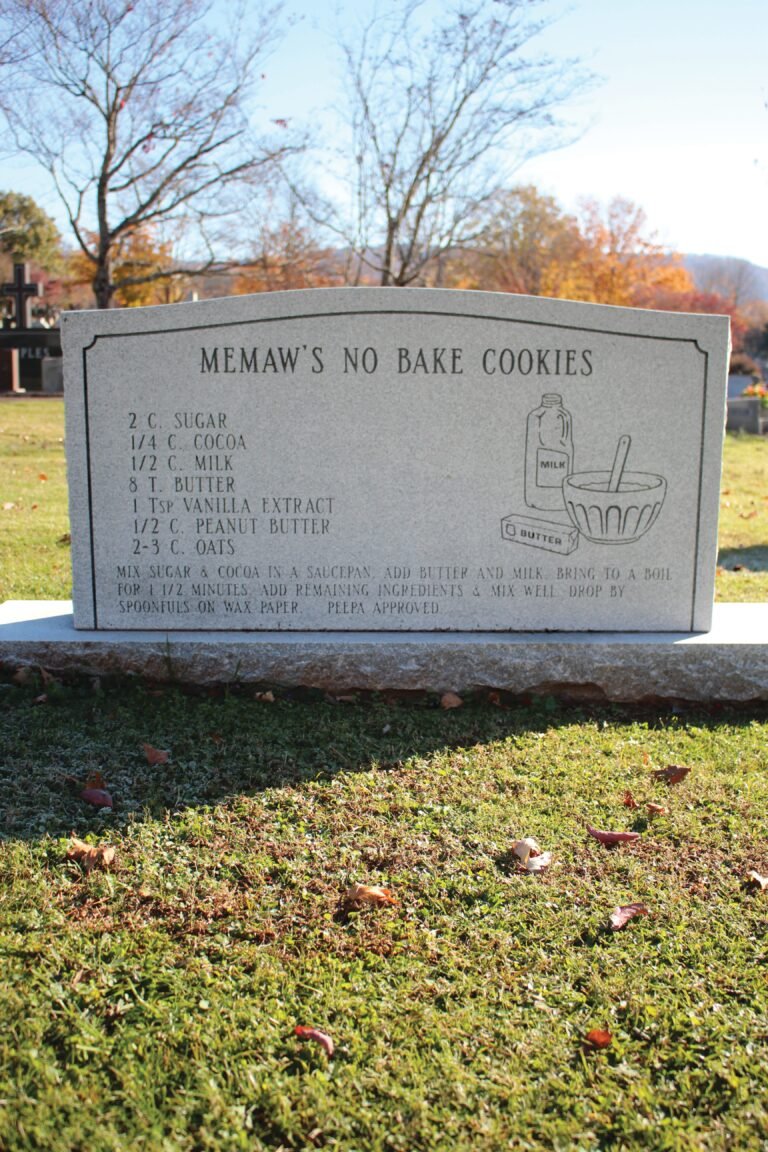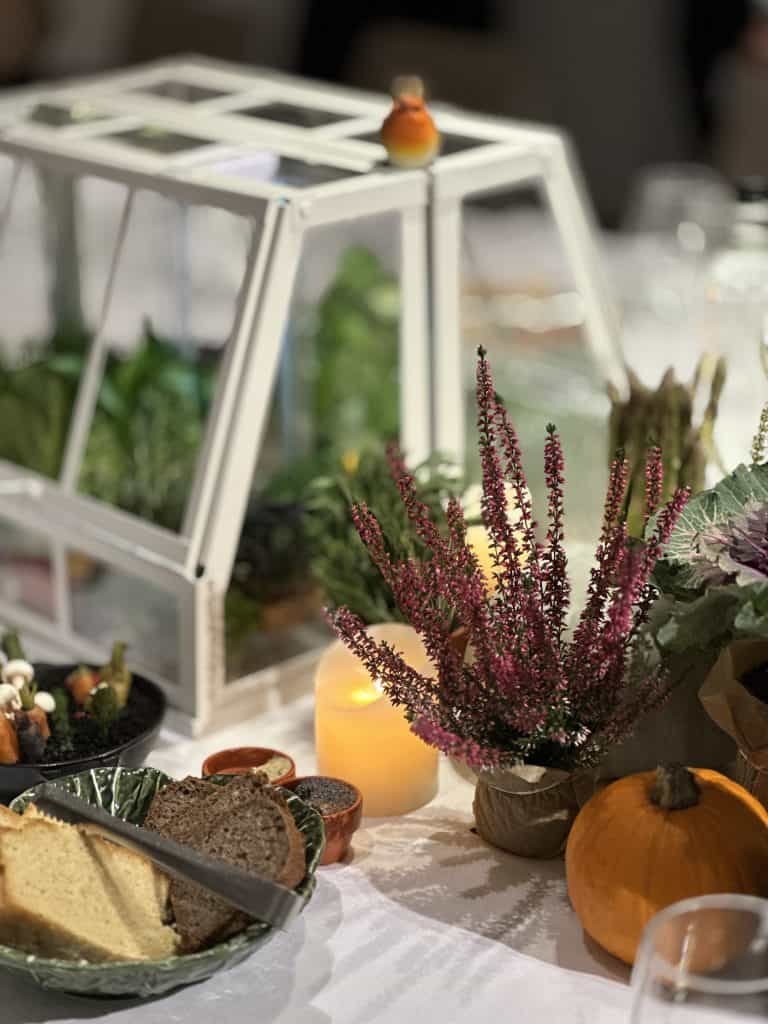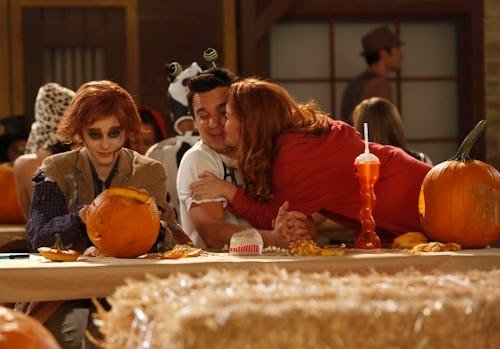

There’s something magical about winter road trips in the UK. The landscapes transform into something from a Christmas card, festive markets pop up everywhere, and those cosy pub lunches by a roaring fire hit differently when you’ve been driving through the frost-covered countryside. But winter driving requires a bit more thought than your standard summer road trip.
The shorter days mean you’re often driving in the dark, icy roads can be treacherous, and according to Ben Pearson, former police interceptor, “As winter approaches and it starts to get darker earlier, there are simply more hours in the day where thieves can take advantage of the cover of darkness to break into your car.”
But don’t let that put you off. With proper planning and a few sensible precautions, winter road trips can be absolutely brilliant. Here are three stunning UK destinations perfect for a scenic winter road trip, plus all the safety tips you need to make your journey stress-free.
The Lake District: Winter Wonderland Road Trip

The Lake District in winter is genuinely breathtaking, with snow-dusted fells, misty lakes, and significantly fewer tourists than in the summer. The drive through Kirkstone Pass, one of England’s highest mountain passes, offers spectacular views, though it can be challenging in severe weather.
Start in Windermere and wind your way through Ambleside, Grasmere (stop at the famous gingerbread shop), and up to Keswick. The entire route is punctuated with cosy pubs serving hearty food, independent cafés with log fires, and stunning viewpoints where you can pull over for photos.
Winter highlights include the Keswick Victorian Christmas Market, woodland walks that are magical in the crisp air and the chance to see the fells dusted with snow. Just be prepared, conditions can shift rapidly in the mountains.
Best time: December for Christmas markets, January-February for potential snow and quieter roads
The Cotswolds: Festive Villages and Country Pubs

The Cotswolds might be everyone’s favourite summer destination, but winter transforms these honey-coloured villages into something straight out of a storybook. The rolling hills, historic market towns, and endless country lanes are perfect for a leisurely winter road trip with plenty of stops.
Create a route that takes in Bourton-on-the-Water (absolutely gorgeous in winter), Stow-on-the-Wold with its antique shops and cosy tearooms, and Chipping Campden with its stunning high street. The beauty of a Cotswolds winter road trip is the flexibility, you’re never far from the next picture-perfect village or welcoming pub.
Winter is prime time for sampling local produce at farm shops, visiting Christmas markets in towns like Bath and Cheltenham and shopping for festive food and drink. The lack of summer tourists means you can actually park and explore with less hassle.
Best time: Late November through December for festive atmosphere, January for peaceful countryside
The Scottish Highlands: Dramatic Landscapes and Whisky Trails

For proper winter landscapes, head north to the Scottish Highlands. This is epic road trip territory, vast landscapes, mountain roads, and some of the most spectacular winter scenery you’ll find anywhere in the UK. The North Coast 500 route is legendary, though in winter you might want to tackle shorter sections rather than the full loop.
A brilliant winter route runs from Inverness through Loch Ness (always atmospheric in winter mist), up to the dramatic coast near Ullapool, or across to the Isle of Skye if conditions allow. The A82 through Glen Coe is properly stunning in winter, with snow-capped mountains creating incredible photo opportunities. But be warned, these roads might not be passable if there is too much snow.
Combine your trip with visits to whisky distilleries, cosy hotels with roaring fires, and fresh seafood in coastal villages. Just be aware that some Highland roads can be challenging in winter weather, and daylight hours are seriously limited in December and January.
Best time: Late January-February for potential snow and Northern Lights, March for longer days and better driving conditions
Essential Winter Road Trip Safety Tips
Here’s some practical tips that’ll keep you safe and sound on your winter adventures.
Before You Leave: Vehicle Preparation
Don’t even think about setting off without properly checking your car.
Start with your tyres, check the tread depth and pressure. Worn tyres simply won’t grip in snowy or icy conditions, and that’s when things get really dangerous. If your tyres are looking tired, get them sorted before you go.
Top up all your fluids, engine oil, screen wash and antifreeze. Cold weather can freeze your wipers and damage your engine if you’re not prepared.
Your battery is another weak point in winter. Cold weather absolutely hammers battery efficiency, so if yours is getting on a bit, replace it now rather than finding yourself stranded in a frosty car park miles from anywhere.
Pack an emergency kit: blanket, torch, phone charger, snacks, water, ice scraper, and a high-vis vest.
Planning Your Route and Staying Aware
Winter route planning needs more thought than just punching a postcode into your satnav. Check the weather forecast for your entire route, not just where you’re starting and ending. Conditions can be completely different 50 miles down the road, especially in hilly areas.
Use apps that provide real-time updates about road conditions, snowfall, and ice warnings. The Met Office and local traffic services are brilliant for this. Research from dash cam manufacturers Nextbase predicts that winter months, particularly December, can see up to 15,000 car break-ins across the country, so be extra vigilant about where you park and what you leave visible in your car.
Always allow extra time for your journey, winter driving is usually slower. Tell someone where you are going and the estimated arrival time, especially if you’re heading through remote areas. If you don’t turn up or don’t check in when expected, at least someone knows to raise the alarm.
Winter Driving Techniques
Adjust your driving style significantly for winter conditions. Slow down, even if the road looks clear, black ice is almost invisible and incredibly dangerous. Leave at least double your normal following distance to give yourself proper reaction time if something goes wrong.
Avoid harsh braking or sudden acceleration, both of which can cause your wheels to lose traction. If you do start skidding, ease off the accelerator and steer gently into the skid. Don’t panic and slam on the brakes, that’ll just make things worse.
If you’ve got a rear-view camera, make sure it’s clear and functioning properly.
What to Do If Things Go Wrong
If your car breaks down, pull over somewhere as safe as possible. Put on your high-vis vest and place your warning triangle at least 45 metres behind your vehicle to warn other drivers.
Stay inside your car if it’s safe to do so, especially in freezing weather. Keep the engine running periodically for warmth, but crack a window slightly to ensure proper ventilation. Call your breakdown service with your exact location.
If it’s unsafe to stay with your vehicle or you need urgent medical help, call emergency services immediately. Don’t try to walk long distances in cold weather unless absolutely necessary.
Making the Most of Your Winter Road Trip
The key to fun and safe winter road trips is embracing the season rather than fighting it. You’ll need to drive more carefully and plan more thoroughly, but it’s worth it. Quieter roads, stunning winter landscapes, cosy pubs with cosy fires.






